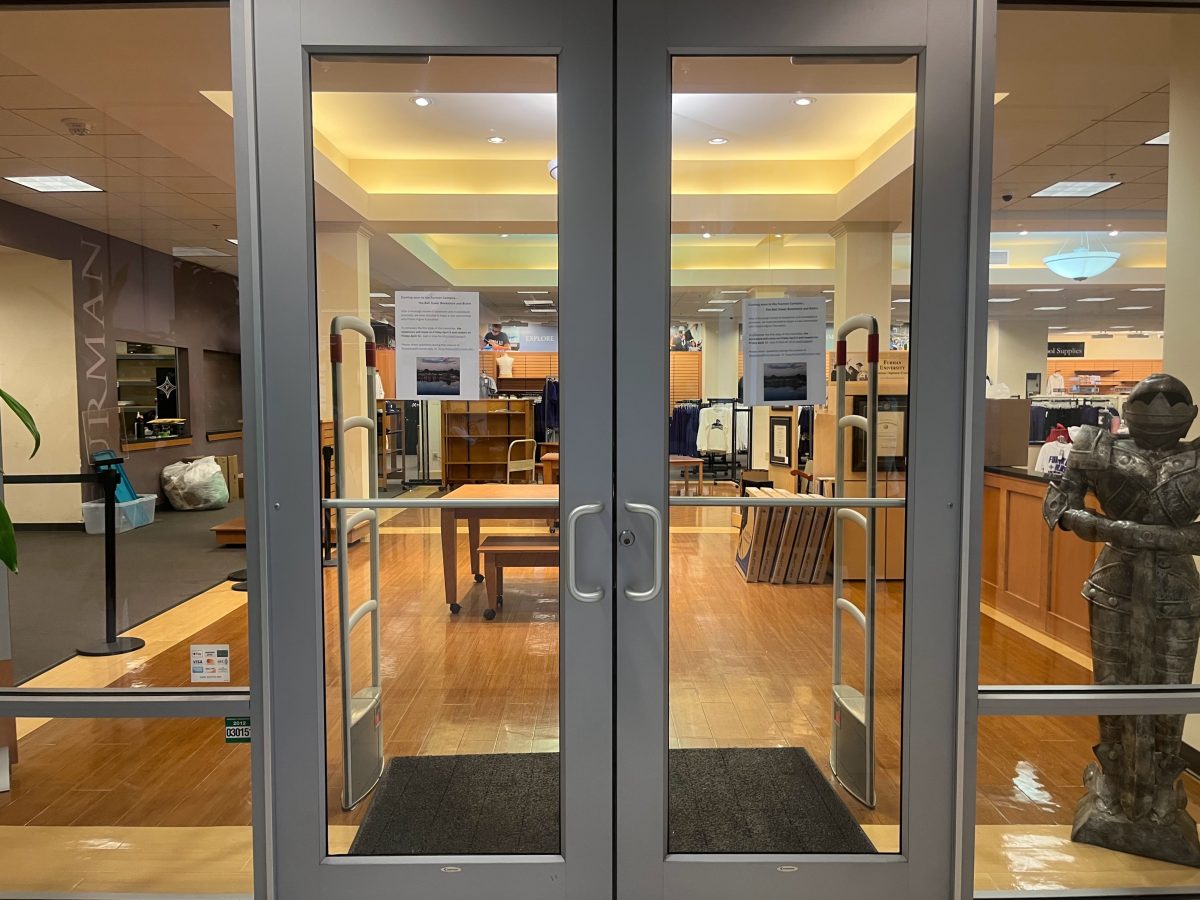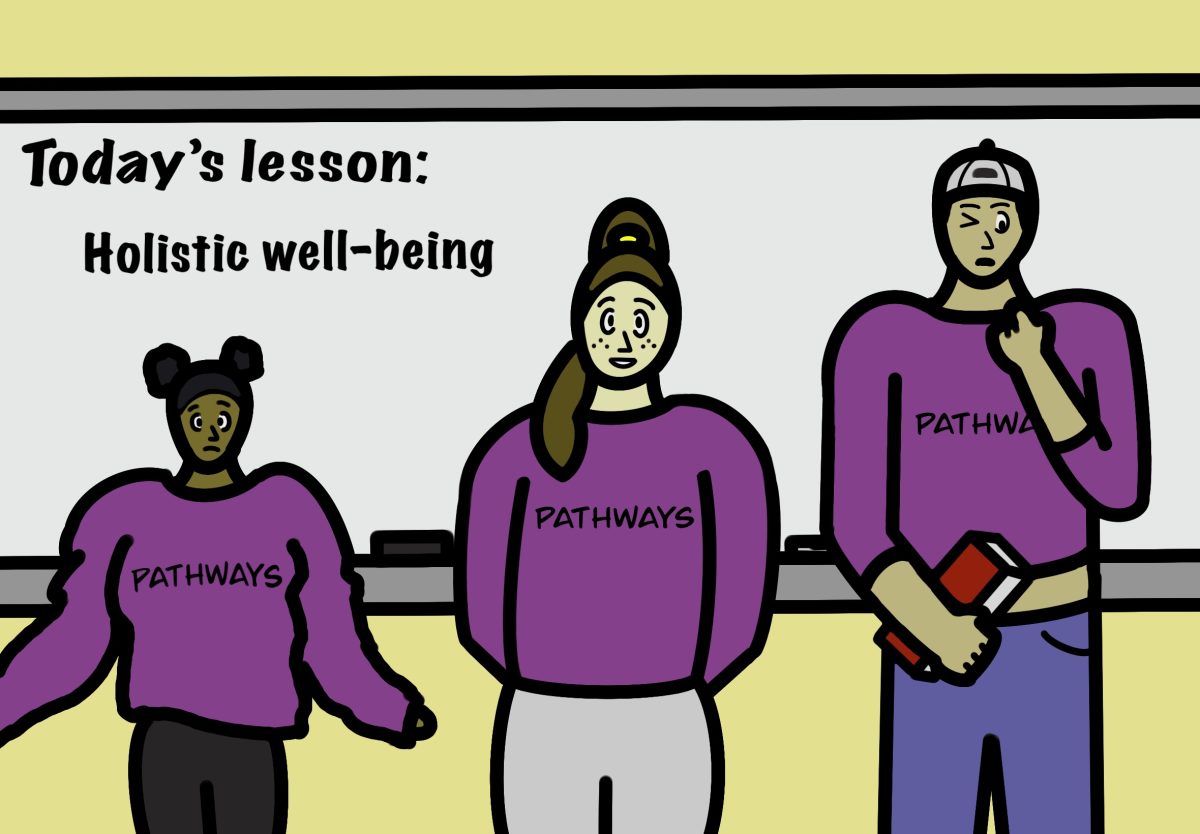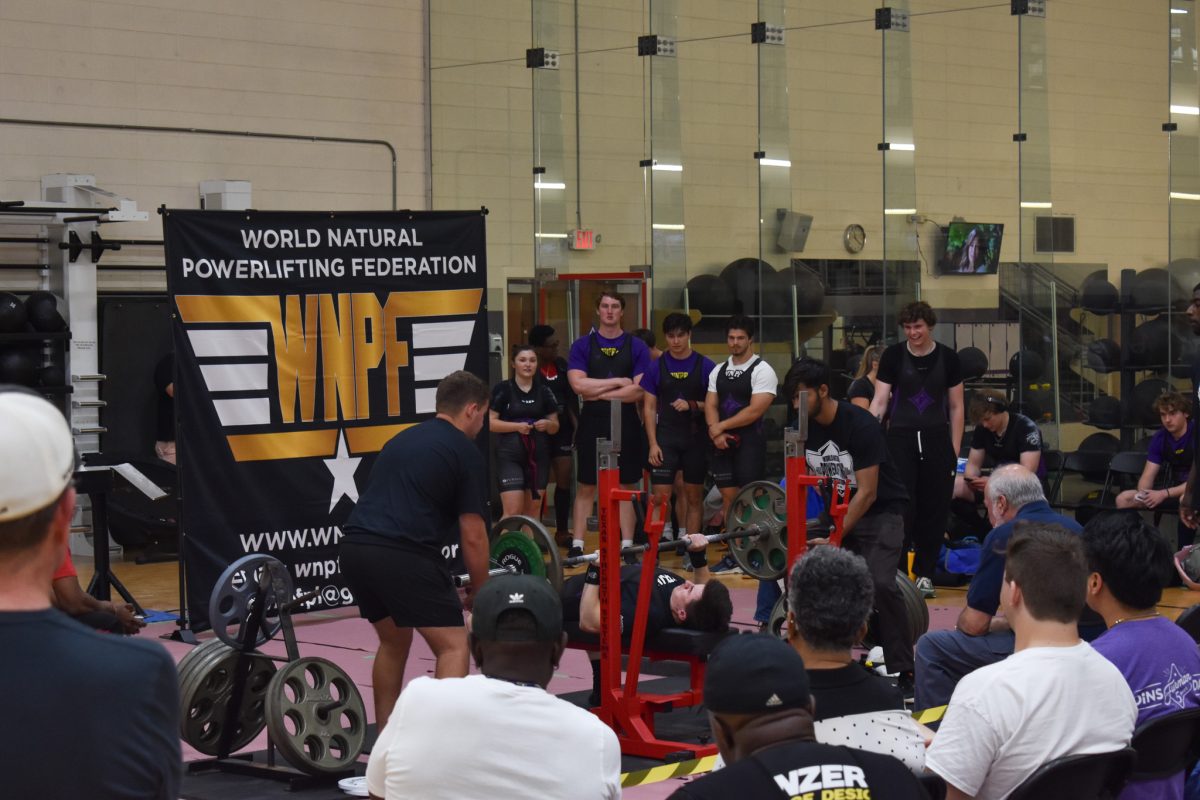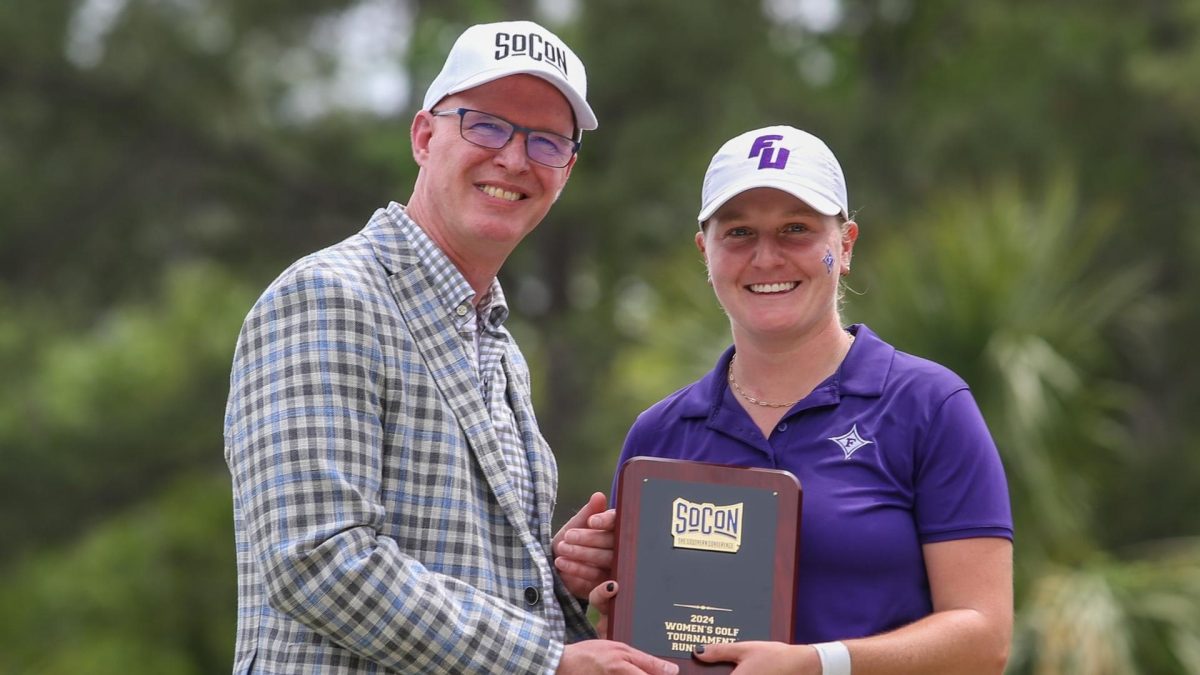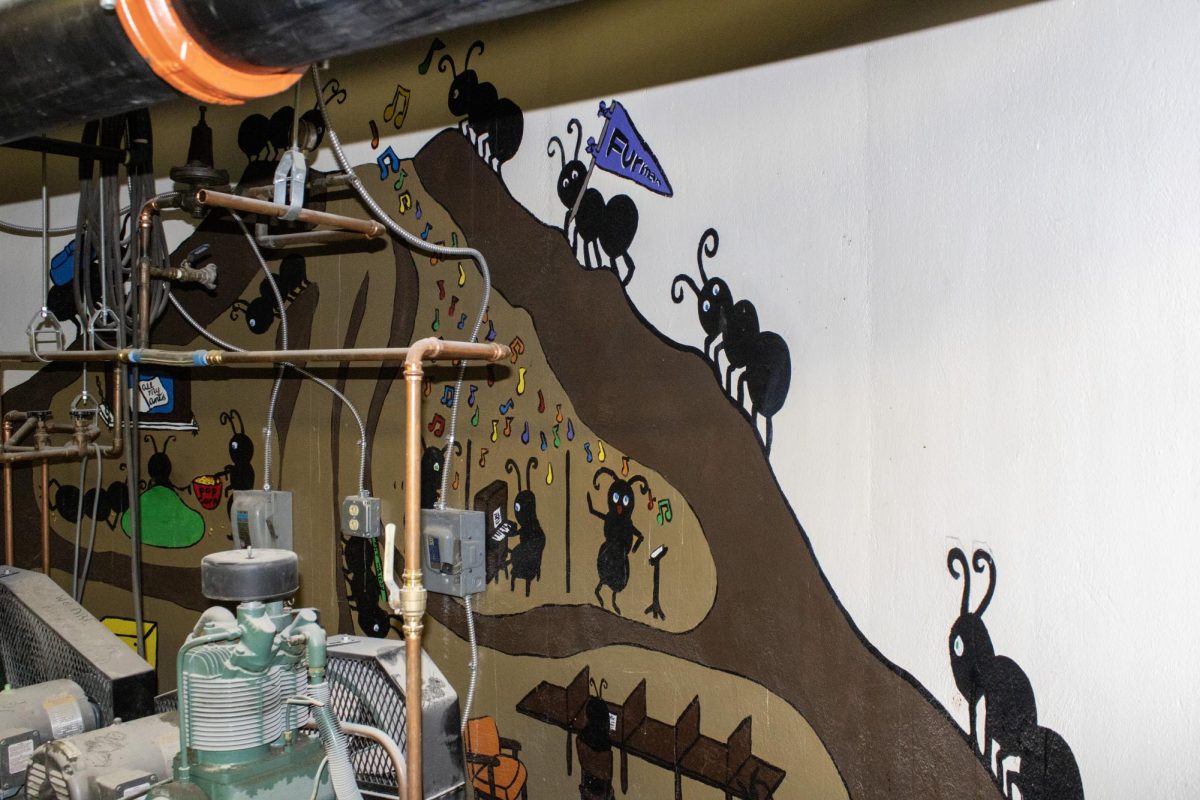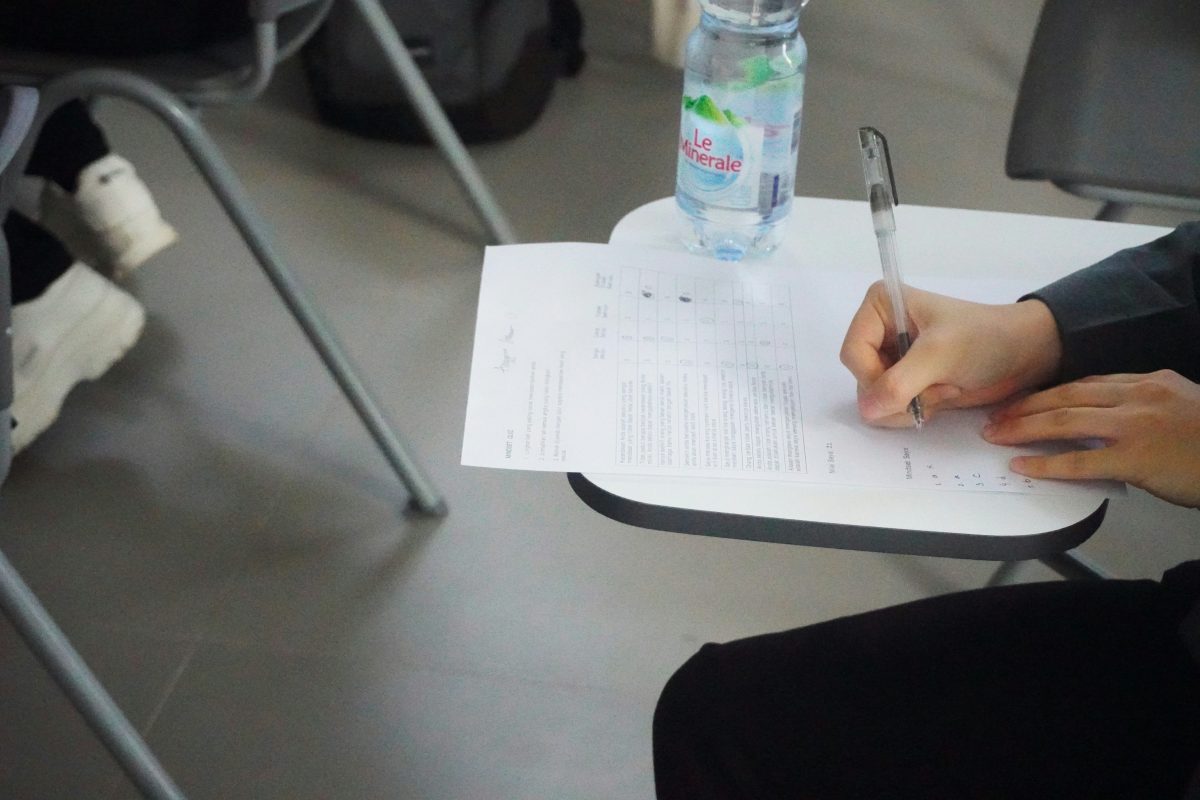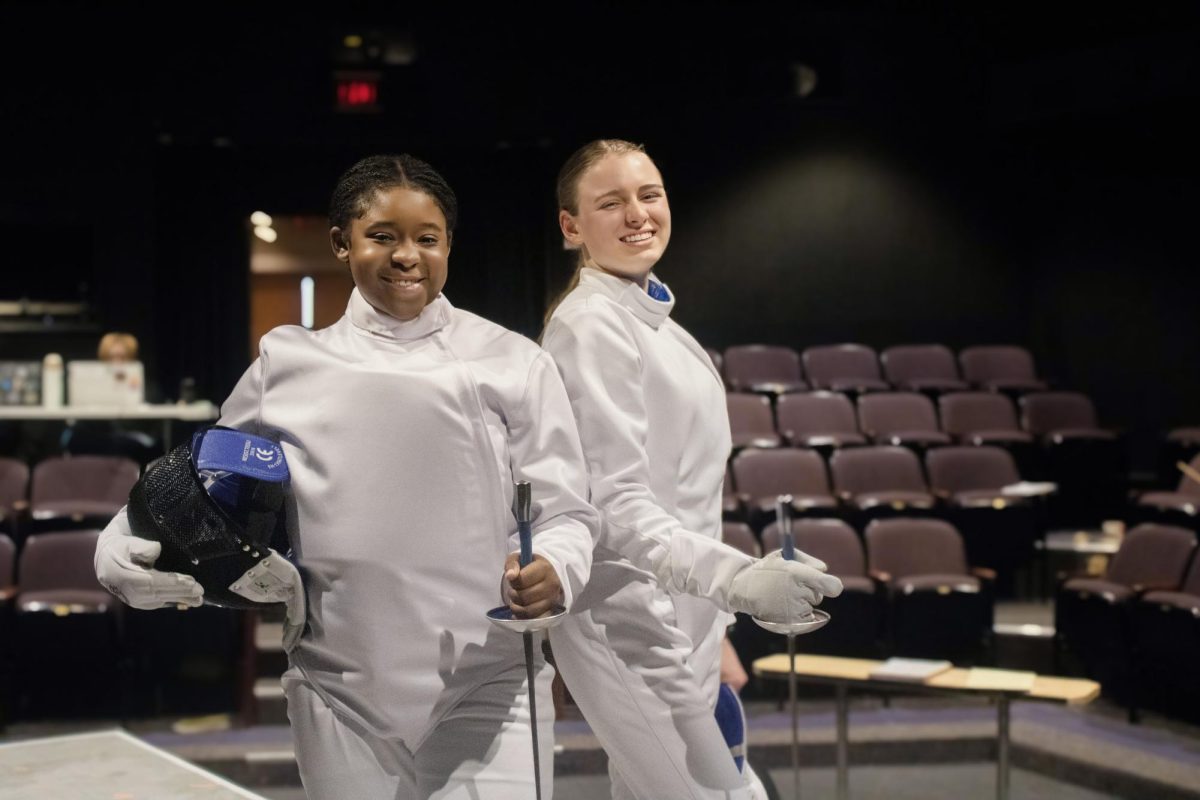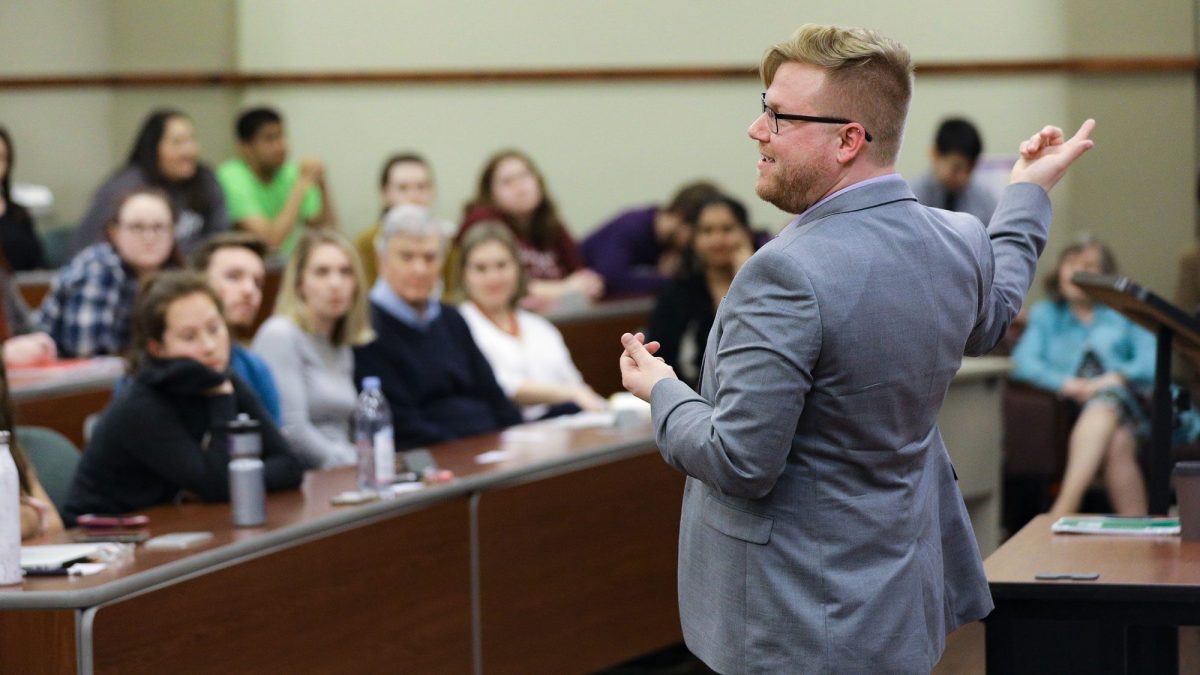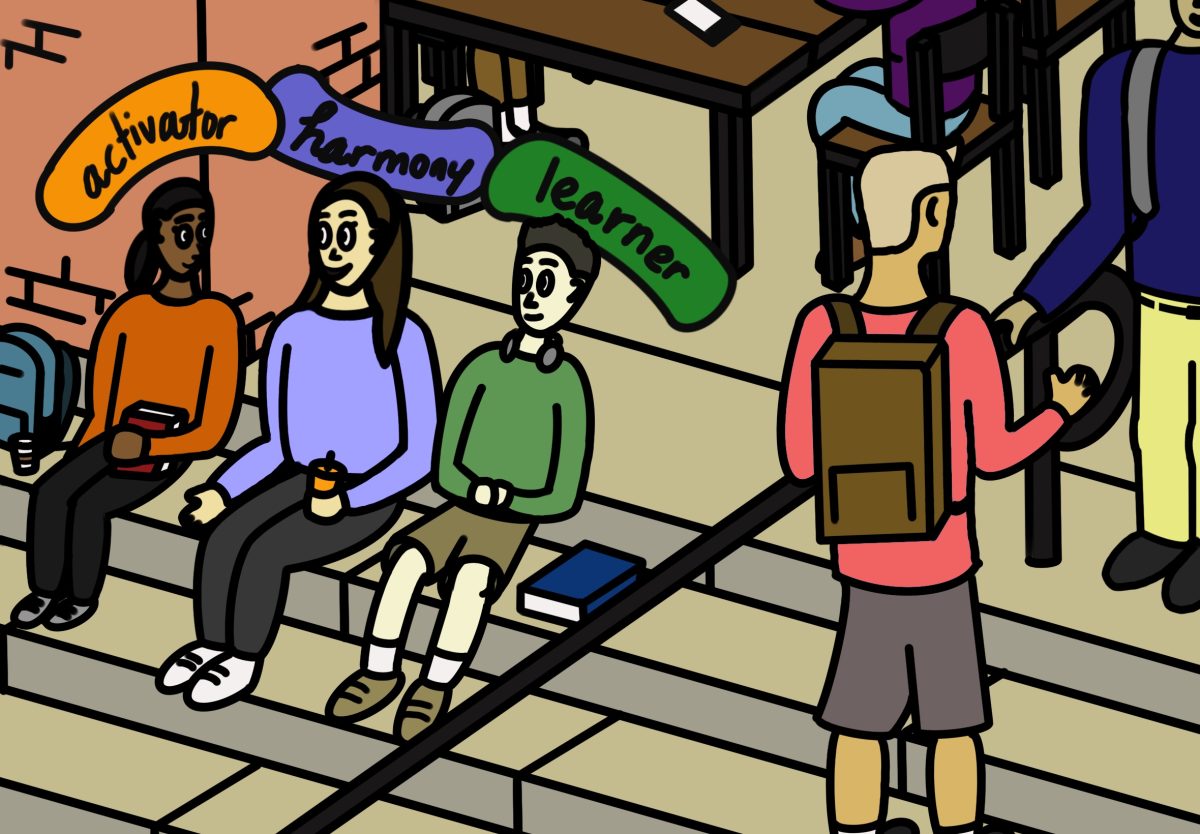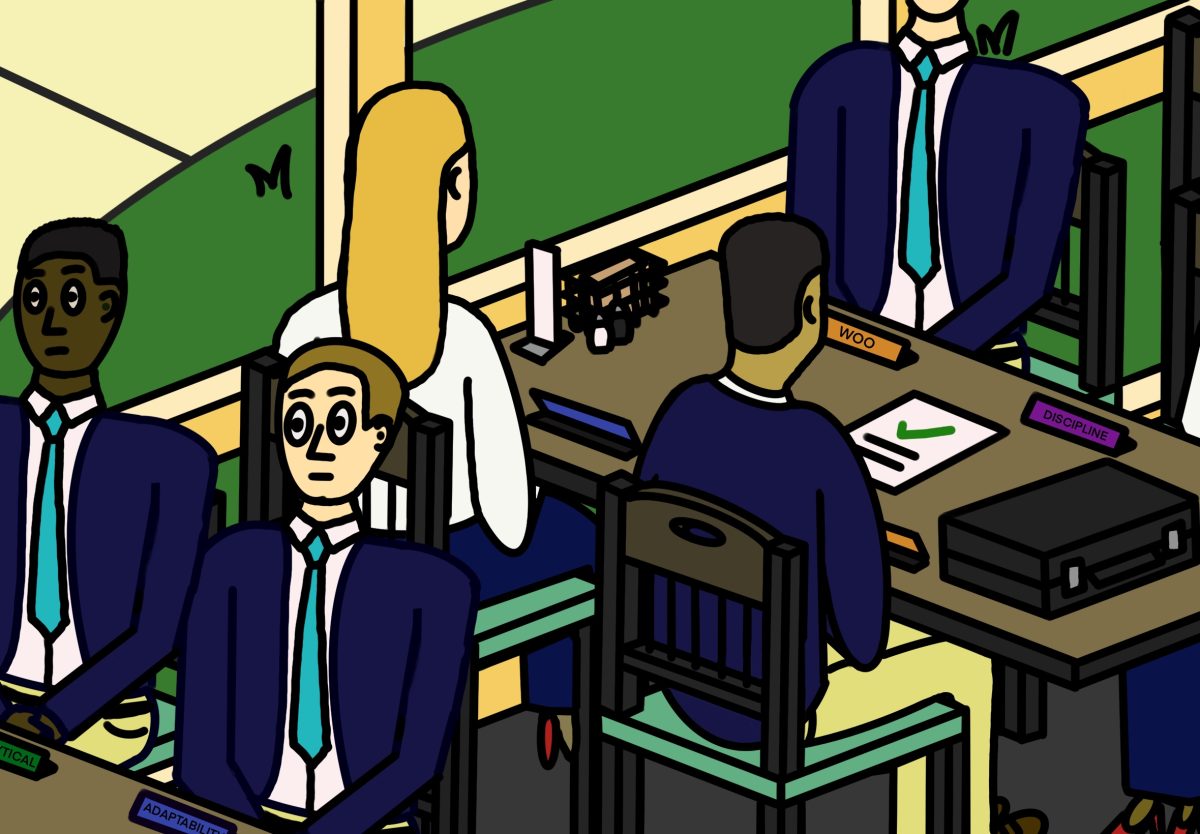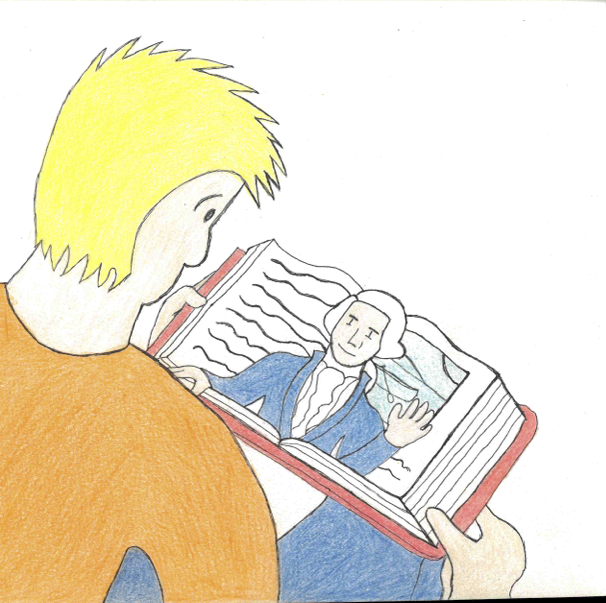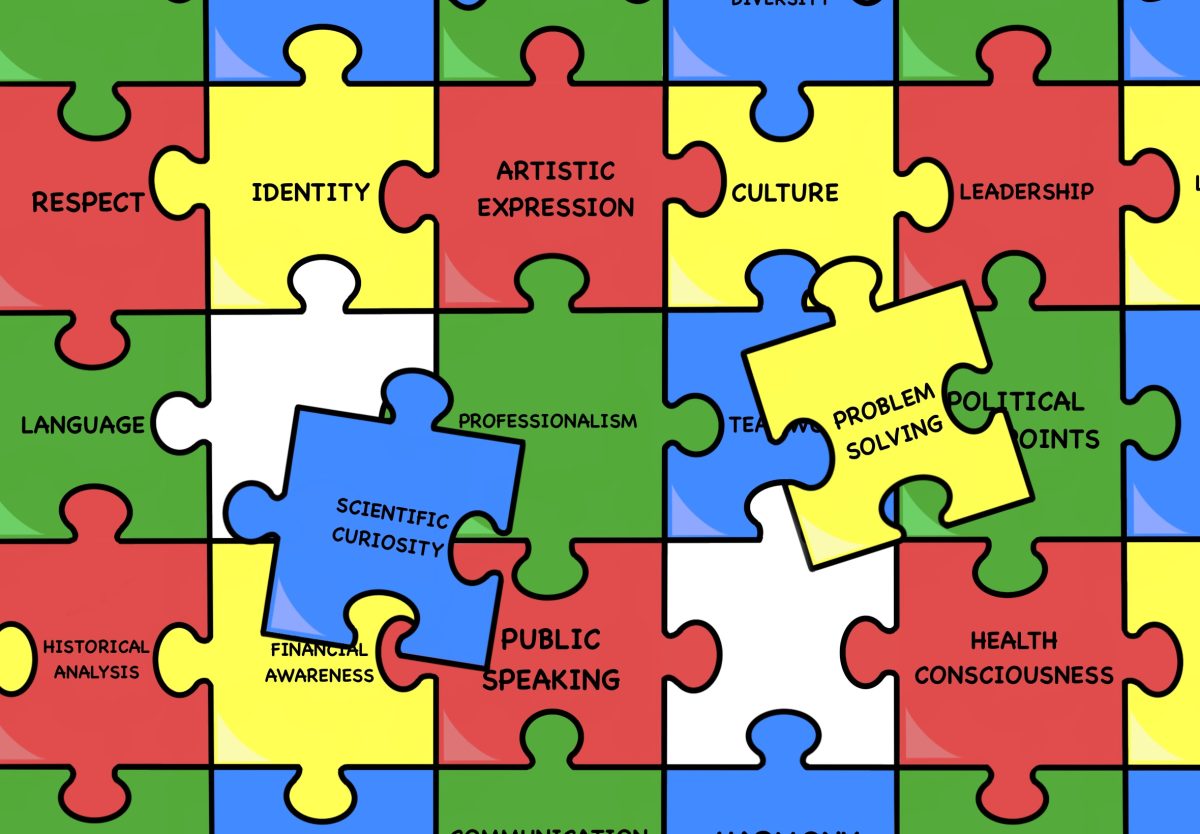Recently there has been increased discussion about grade inflation. Especially with Furman’s own computer science professor, Dr. Chris Healy co-authoring a study and Furman being one of the schools that GradeInflation.com studies, it is obvious that the grade inflation phenomenon is one that we cannot avoid.
The gist of the study’s result is this: students are getting higher grades for the same quality work. As Stuart Rojstaczer said in his interview with The Atlantic, “Students aren’t getting any smarter. They aren’t studying more. When they graduate they are less literate. There’s no indication that the increase of grades nationwide is related to any increase in performance or achievement.”
Before we throw our hands up either in celebration (or indignation because of our disagreement with how difficult it is to maintain an optimal GPA here), a debate of why a university exists and what students should be getting out of their college education is necessary. While that conversation should be saved for later, we can start by examining where Furman stands. Furman’s mission statement states: “In accordance with the traditional assumptions of liberal education, both out-of-class and in-class experiences are designed to develop the whole person—intellectually, physically, socially, emotionally, and spiritually. Furman seeks highly motivated students with inquisitive minds, varied perspectives, a sense of personal integrity and moral responsibility with the potential to be leaders and to make future contributions to society.” Note that there is no mention of GPA or specific post-graduation employment quotas.
Many students choose to attend liberal arts colleges for a variety of reasons, but the liberal arts curriculum was designed to provide students with a holistic education, a safe zone for students to explore, perhaps for the last time, various fields and studies on a deeper level. It allows students who matriculate with “Undecided” written on their applications to immerse themselves into different fields and decide where the infamous “What-You-Are-Good-At” and “What-You-Enjoy-Doing” Venn diagram they fit into.
Intro-level classes are a prime example of this Venn diagram. They should be taught in a way that allows students to figure out whether they are passionate in the subject, but the components that comprise the final grade should be designed in such a way that the final grade reflects the expert professor’s evaluation of the students work. This evaluation can indicate how practical—both passion- and talent-wise—it is for that student to continue in that field. Hence the reason why liberal arts colleges frown upon teaching assistants, rather than the actual professors, teaching and interacting with the class—professors, especially those with doctorate degrees, are experts in the field and know better than anyone else what it takes to succeed in their field.
Perhaps the biggest issue comes in when students are moving between departments and trying to figure out what they want to major in. Because there will inevitably be a disconnect in intensity-level between departments, whether that be large or small, students can easily consider that they are more equipped to enter one field than another judging from the grades they receive while taking courses from both fields. If the grades given across the campus are not reflecting the ability of the students and the quality of the work that they are producing, students are not receiving the proper feedback from the professors that they need and deserve to figure out which field they are not only most passionate in, but also talented and skilled in.
Given, it is very difficult to successfully compare the value of GPAs in 1951 and 2015. GPAs are absolutely critical to the outside world and a high GPA is necessary for Furman students to get accepted into graduate schools, consider study away possibilities, or seek out internships. When so many other colleges are inflating their GPAs, it would be foolish of Furman to standardize its GPA and put its more-qualified students at a disadvantage.
Perhaps what is needed is not a deflation of grades but a better communication system between professors and students for professors to effectively communicate the students’ strengths and weaknesses and honestly convey their evaluation of the student’s work.
Furman’s tuition for the academic year of 2014-2015 was over $40,000. What makes a Furman education worth this sum? I would like to believe that it is not merely a couple letters that are given to me at the end of a semester but a more holistic evaluation and advice about the work I produce. Ultimately, a perfect 4.0 does not translate into a perfect 10 in the infamous post-Furman “real world.” Let’s face it, constantly seeking a perfect 4.0 may not be serving our own best interests.



